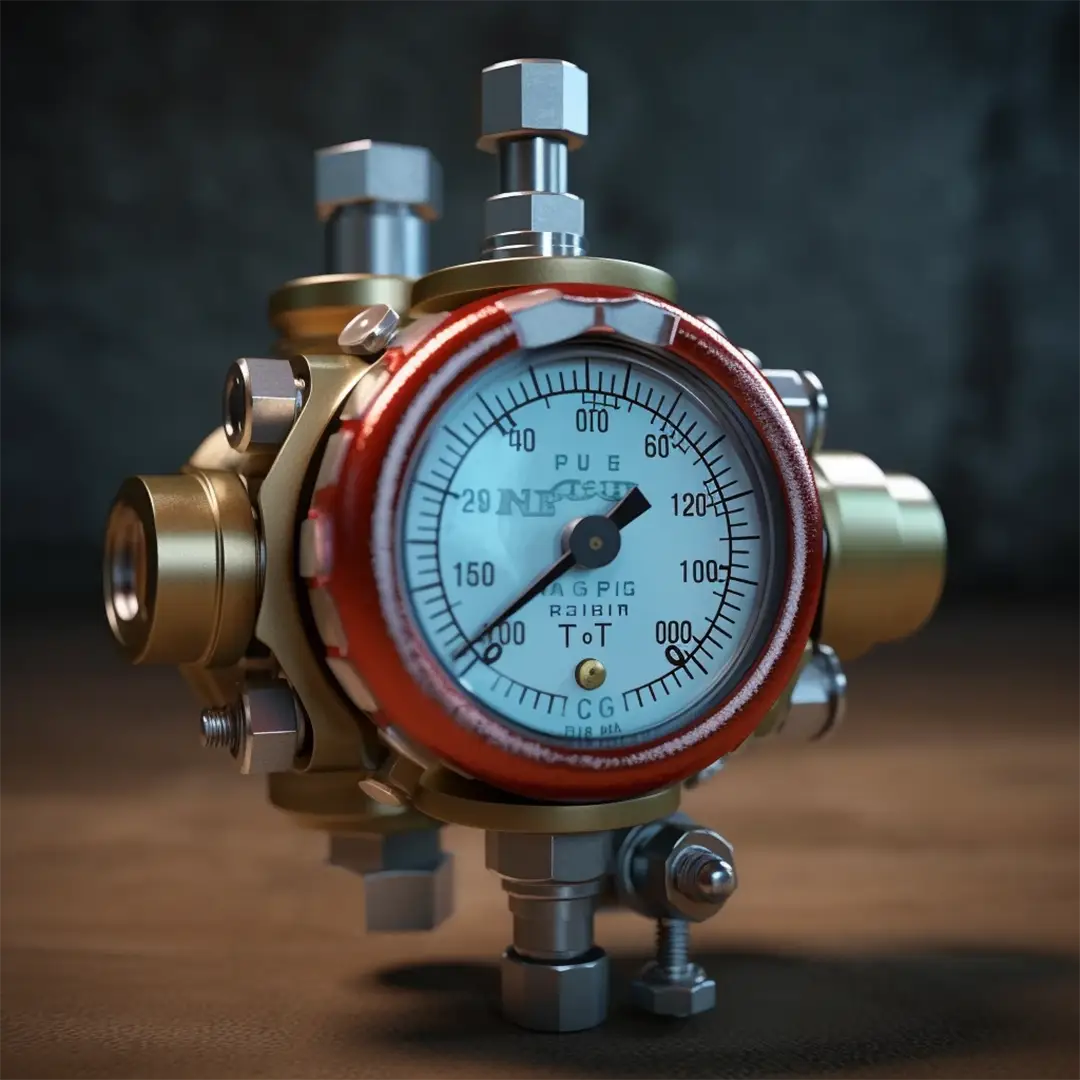The basic pin guide

What is the purpose of a pin?
One pin is a mechanical element of cylindrical shape (cylindrical pin) holding various functions:
- Position : The pin maintains alignment between two mechanical parts.
- Immobilise : The pin secures two parts together while maintaining them.
- Serve as an axis (pivot connection): The pin allows the parts it connects to rotate freely in relation to each other.
- Secure : The pin protects the elements it assembles together by preventing accidental disassembly.
In addition to its main functions, a pin can also be used to:
- The transmission of efforts : A pin can be used to transmit forces or torques between two parts.
For example, in The application of a braking system, the pin transmits the forces between the brake pads and the discs and this transforms hydraulic pressure into braking force.
- The alignment of the parts : A pin can make it easier to align parts during assembly.
For example, a conical pin allows the piston to precisely align with the connecting rods.
- Isolate vibrations : A pin can reduce noise by absorbing the vibrations caused by the mechanism. By perfectly aligning the parts, the transmission of forces is optimized, and therefore the vibrations, which are isolated and absorbed by the pin, are reduced.
The different families of pins
The pin family is divided into several parts according to their objective of responding to mechanical constraints:
There are thus 2 main families of mechanical pins:
- Mounting pin or clamping pin
- Positioning pin
What is a clamping pin?
A clamping pin is a pin whose purpose is to position and assemble two parts in relation to each other by compressing, thanks to the pressure exerted on the parts.
Clamping pins ensure the safety and reliability of the assemblies in which they are used.
What is a positioning pin?
A positioning pin is used in manufacturing facilities for precise positioning of your parts.
The positioning pin can be specially designed for your application in order to meet your alignment needs.
Locating pins and clamping pins are both mechanical pins And fixing pins.
The different types of pins
Among the standard pins that we can manufacture, there are several types of pins, the main ones being:
- Conical pin
- Fluted pin
- Mecanindus pin, elastic pin
- Rectified cylindrical pin
- Cylindrical pin
- Tapered pin with threaded nipple
- Tapered conical pin
- Threaded pin
- Split pin
Some examples of using a pin
We design different types of pins in order to meet the fastening and assembly demands of various sectors of activity:
By car:
- The pins can be used in brake systems to keep the brake pads in place.
- They are also present in suspension systems to fix shock absorbers and springs.
- In engines, pins can be used to hold components such as sprockets or camshafts in place.
In medicine:
- Pins are used in medical devices such as on Oxygen expansion valves.
- They can also be used in surgical instruments to assemble them securely.
In other sectors:
- In the manufacturing industry, pins are used in machines and equipment to assemble different parts.
- In aerospace, pins can be used to assemble aircraft and satellite structures.
- Pins are also commonly used in furniture and carpentry to join wooden parts together.
How do I choose the right pin?
To choose the right pin for your application, it is essential to consider several criteria.
Here are the main ones to consider:
The type of mechanical stress: determine the type of stress to which the pin will be subjected (tension, shear, bending, etc.) and choose the type of pin adapted to these stresses.
For example, a split pin may be used for shear loads while a cylindrical pin will be more suitable for tensile loads.
Fastener type: select the pin attachment type according to application requirements. Common options include split pin, cylindrical pin, the fluted pin, etc.
Diameter and length: choose the diameter and length of the pin according to the dimensions of the parts to be assembled and the load requirements. Make sure the pin is properly sized to support the load without bending or breaking.
The material: select the material of the pin according to the specific application and the environment in which it will be used. At LGC we design pins in steel, stainless steel, stainless steel, brass, aluminum, and other materials upon request.
Make sure the material you choose provides the strength and durability your pin needs to withstand the expected loads and resist corrosion or other environmental factors.
The tolerance class must also be considered.
Do you need support in creating the ideal pin for your application?
With 85 years of experience in custom pin design and manufacturing, feel free to contact us for your fastening pin and mechanical pin needs, technical experts will guide you in the best possible way.




